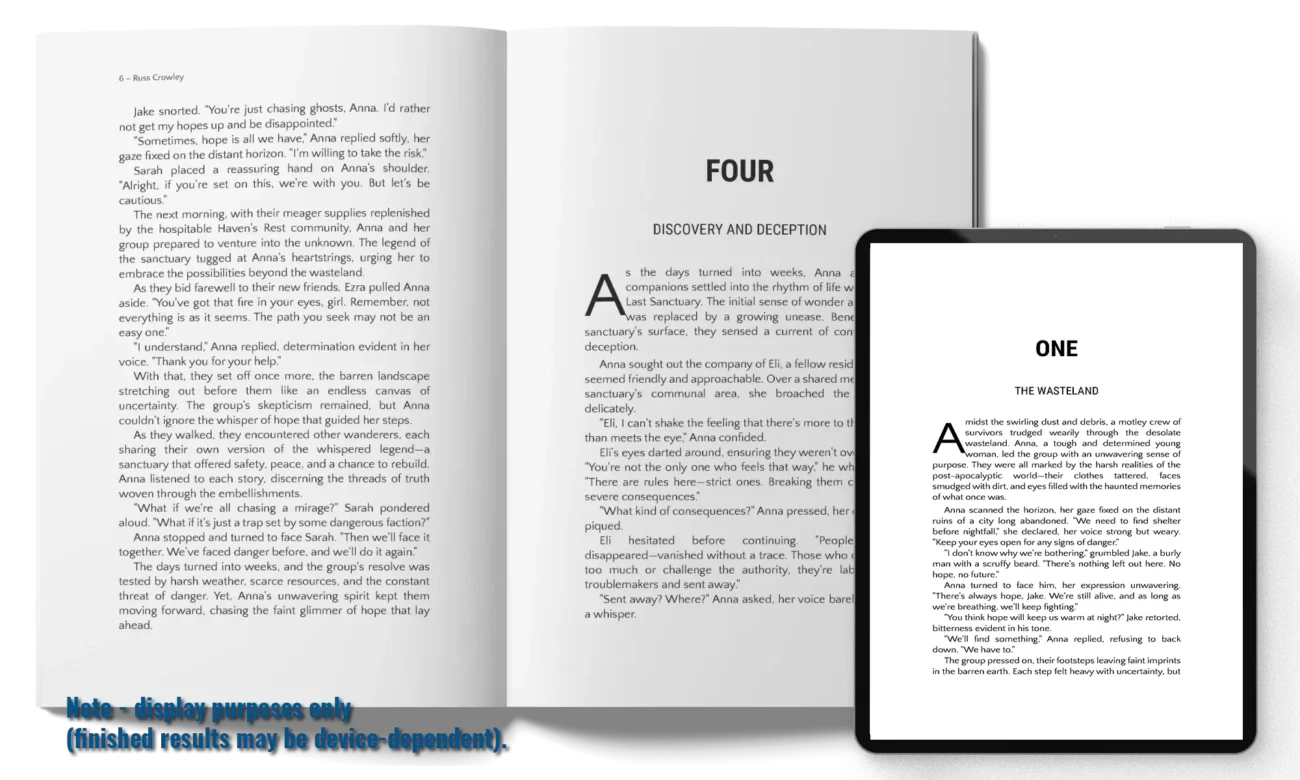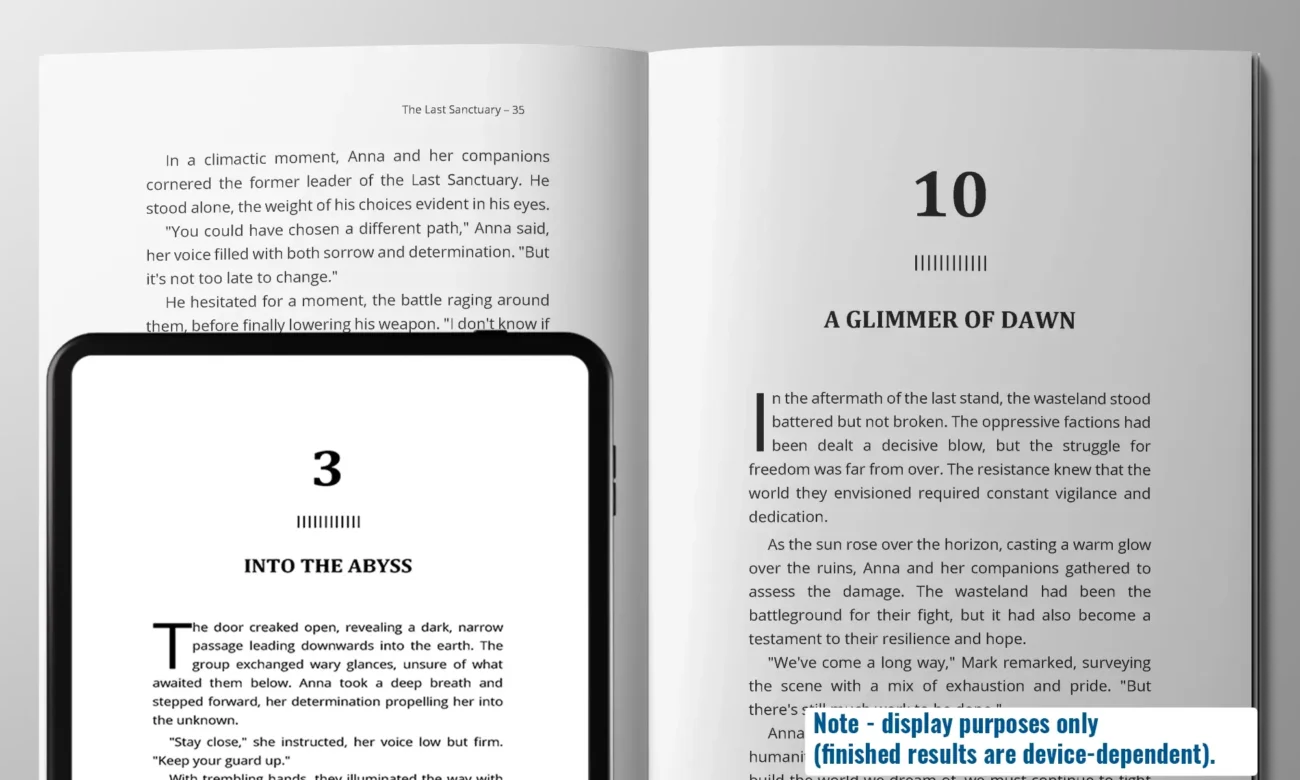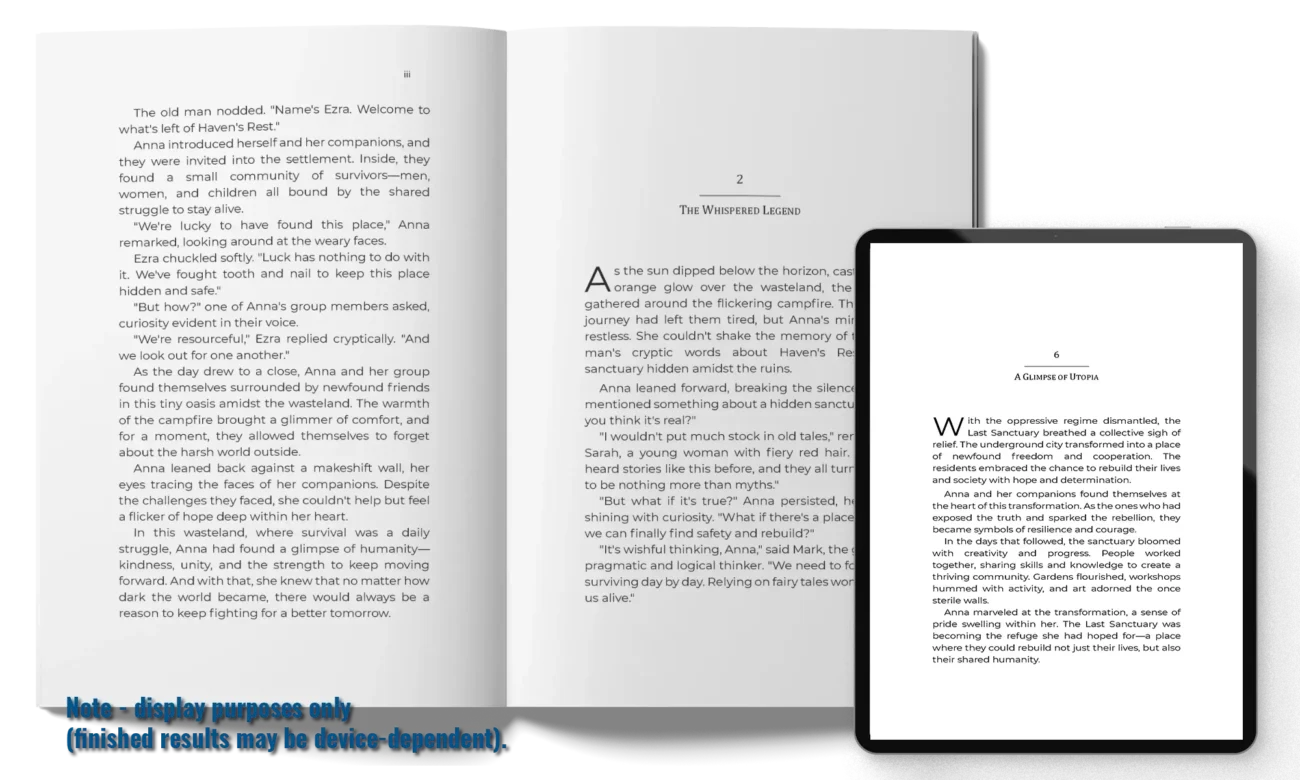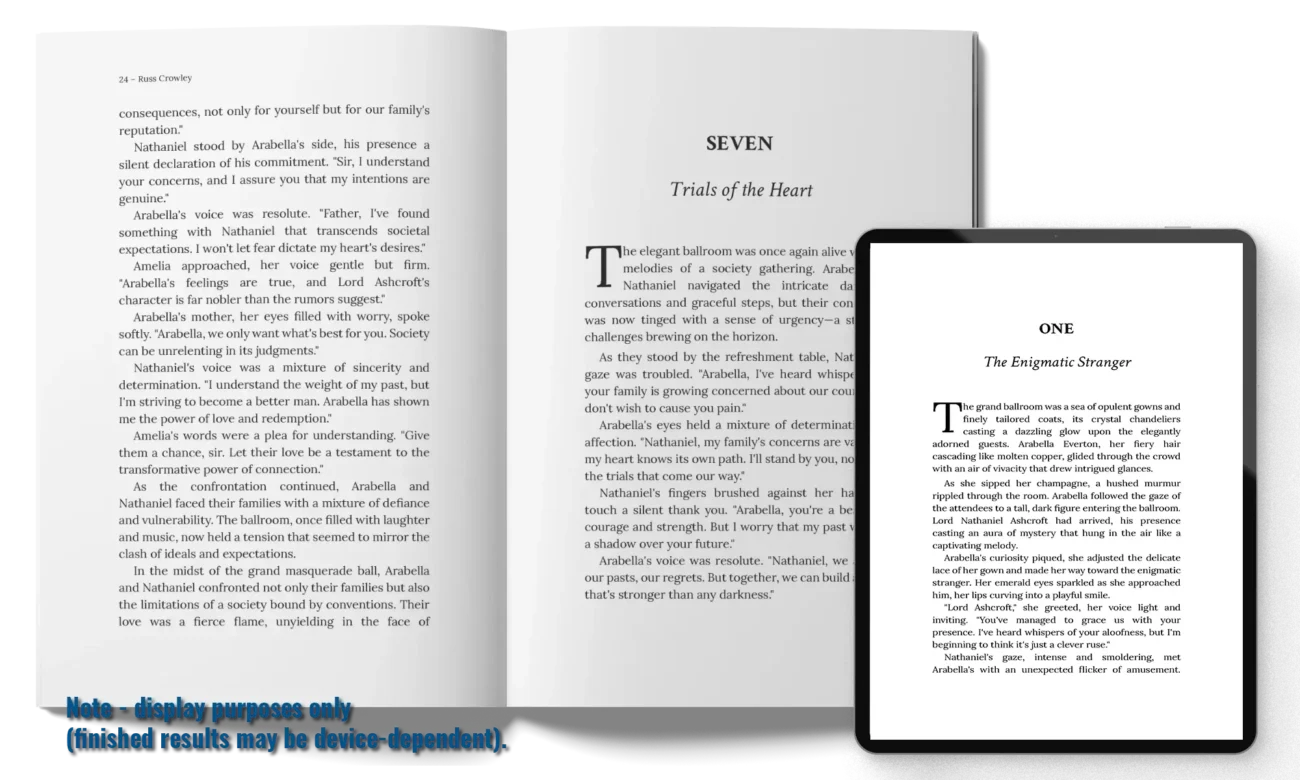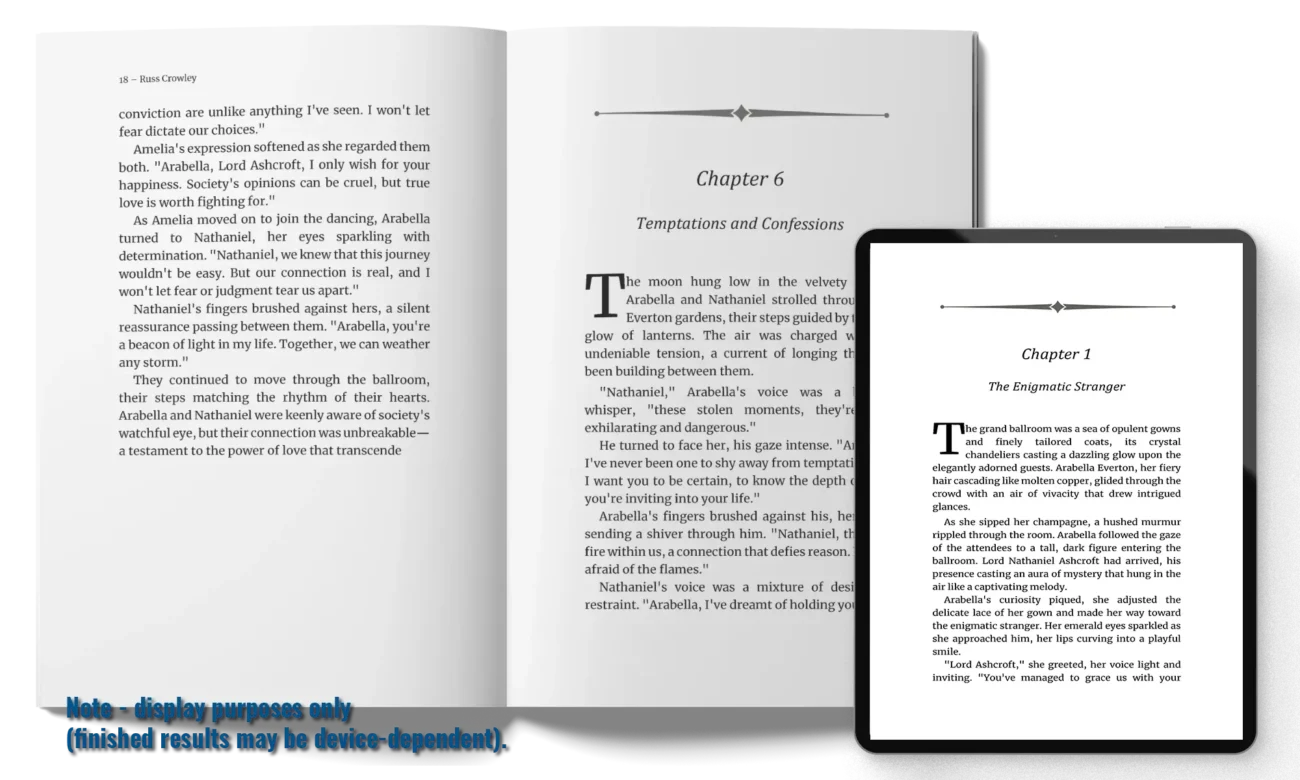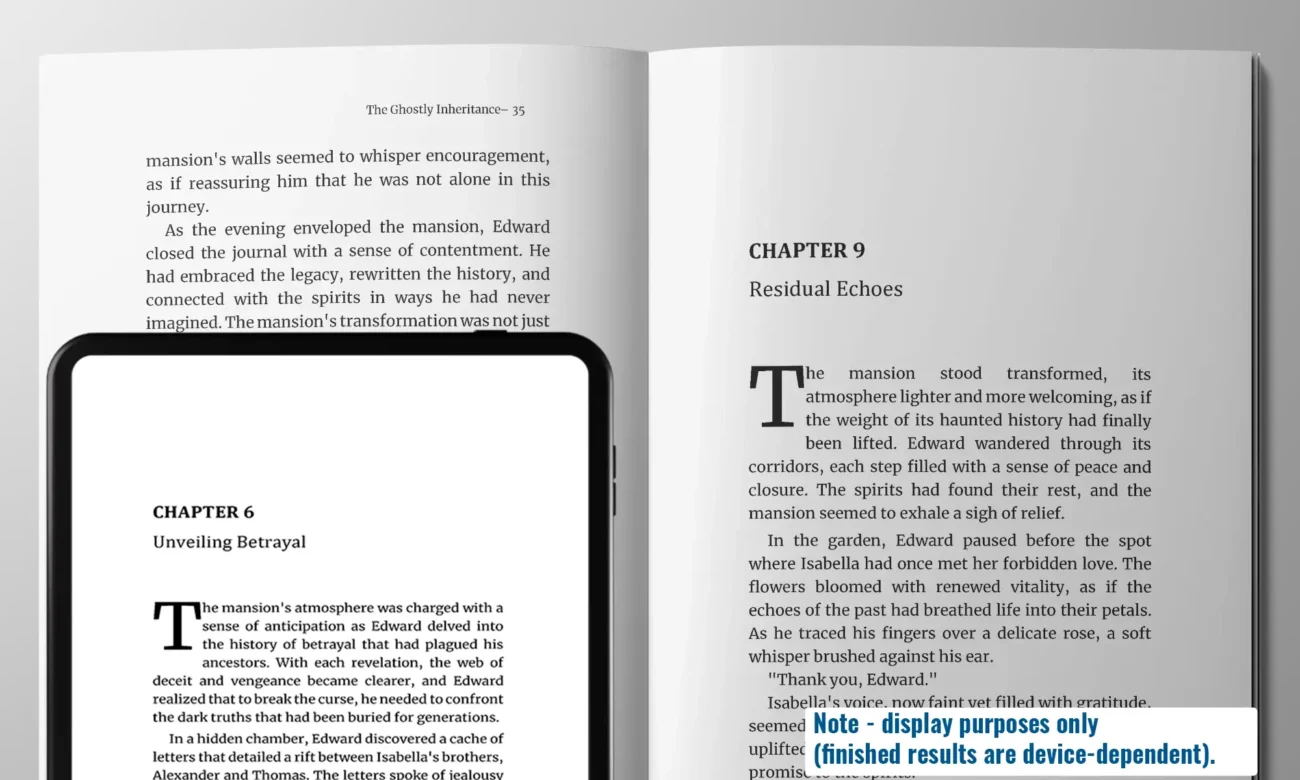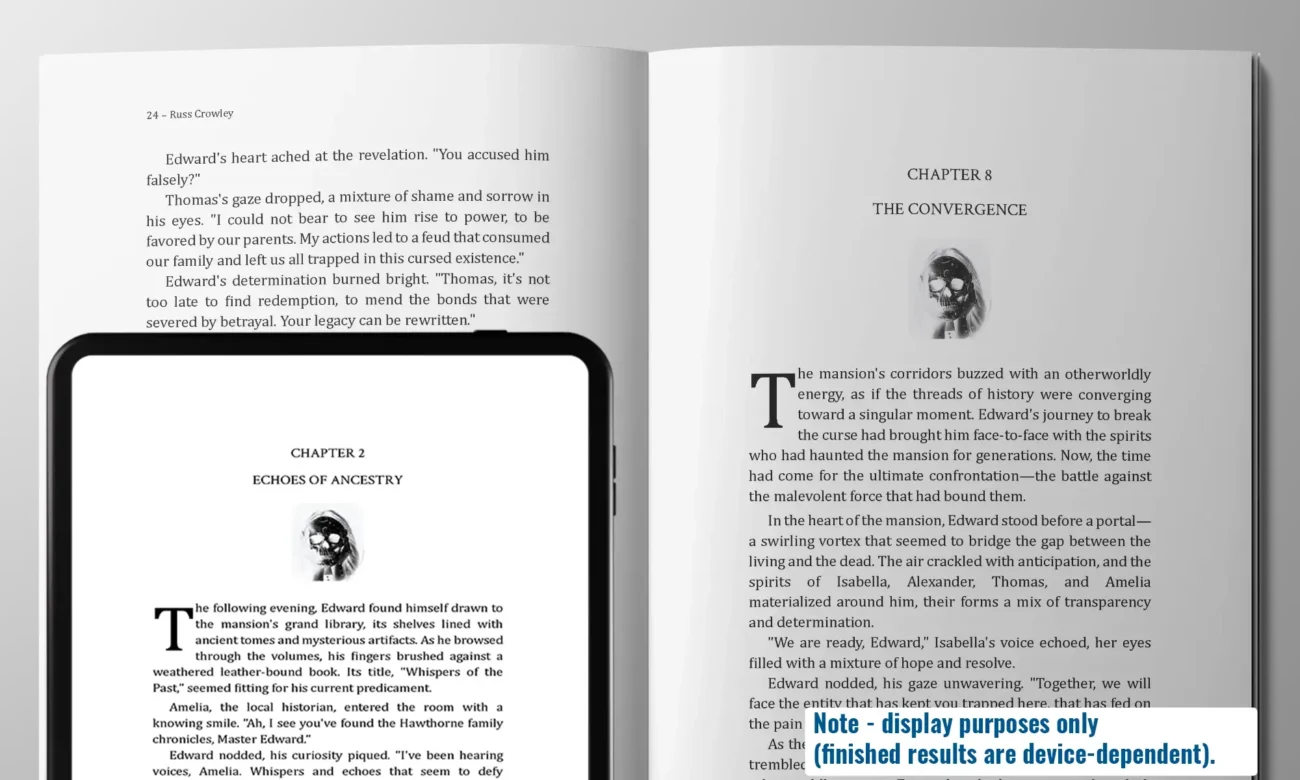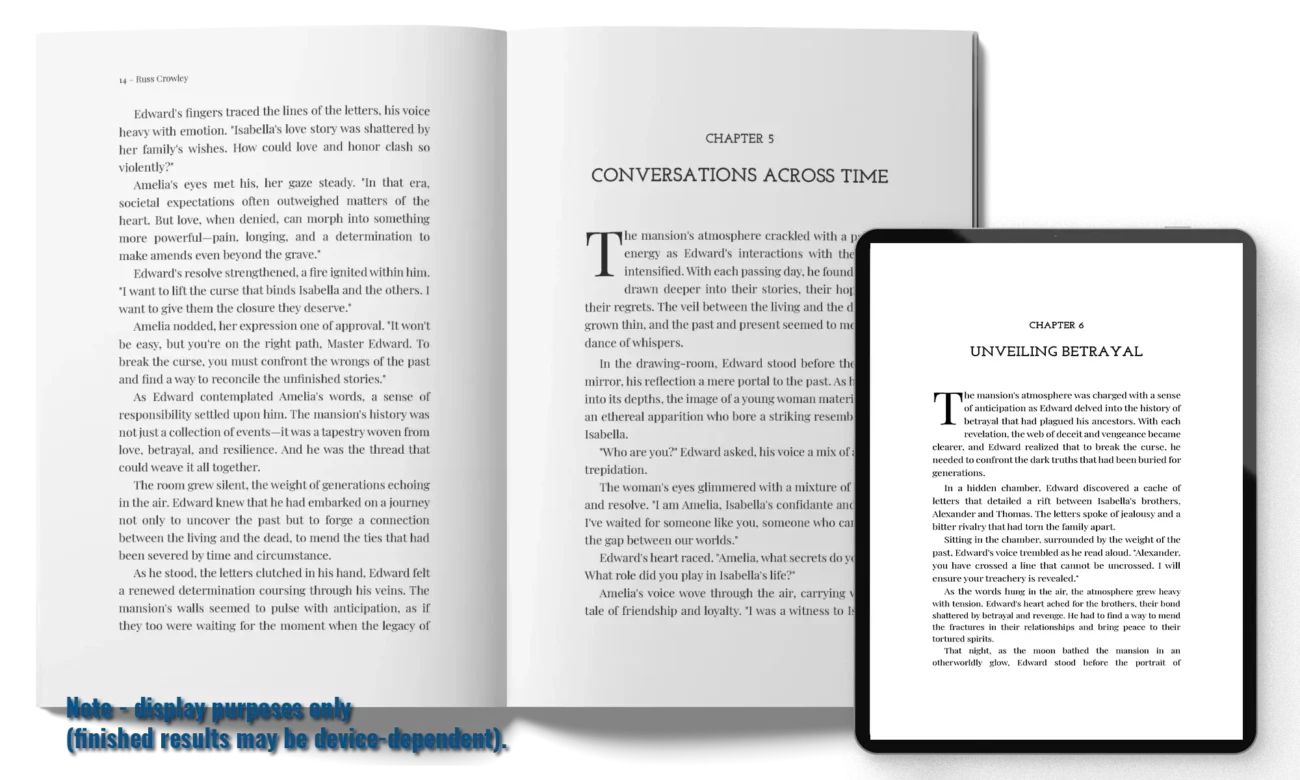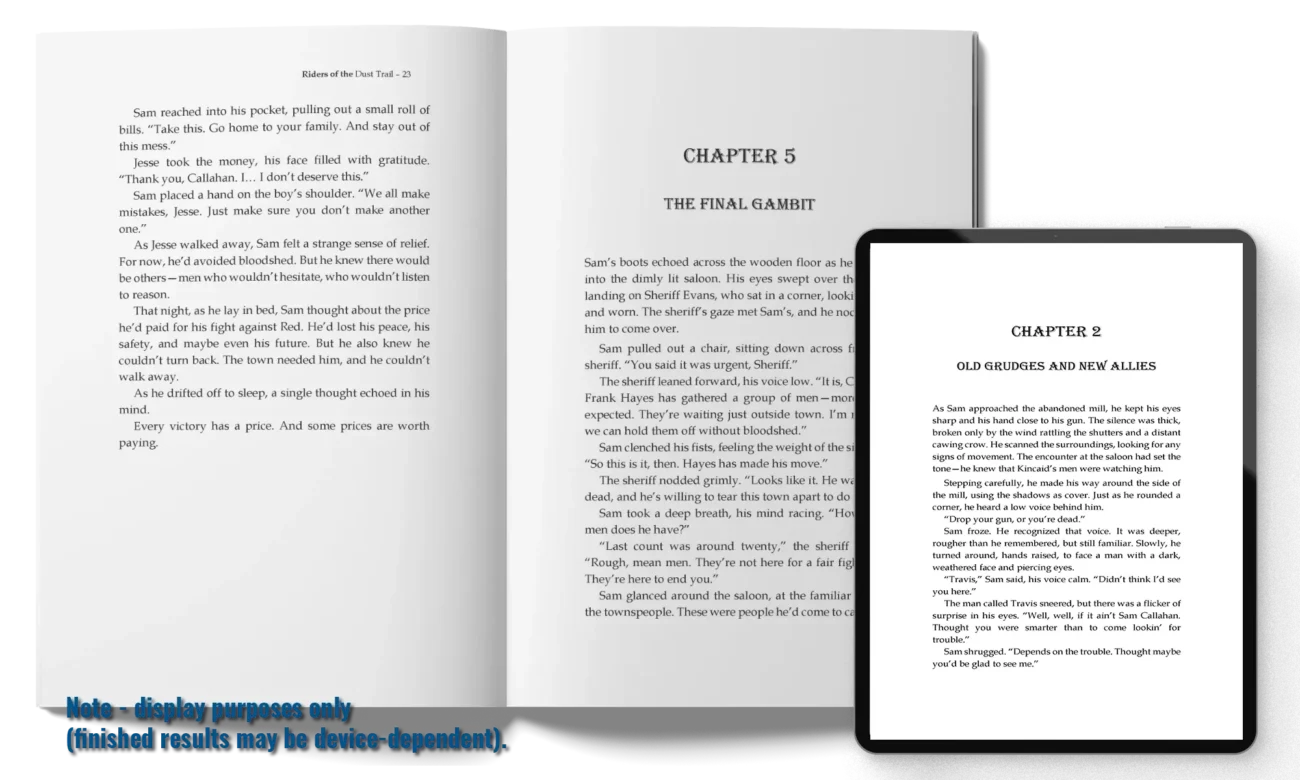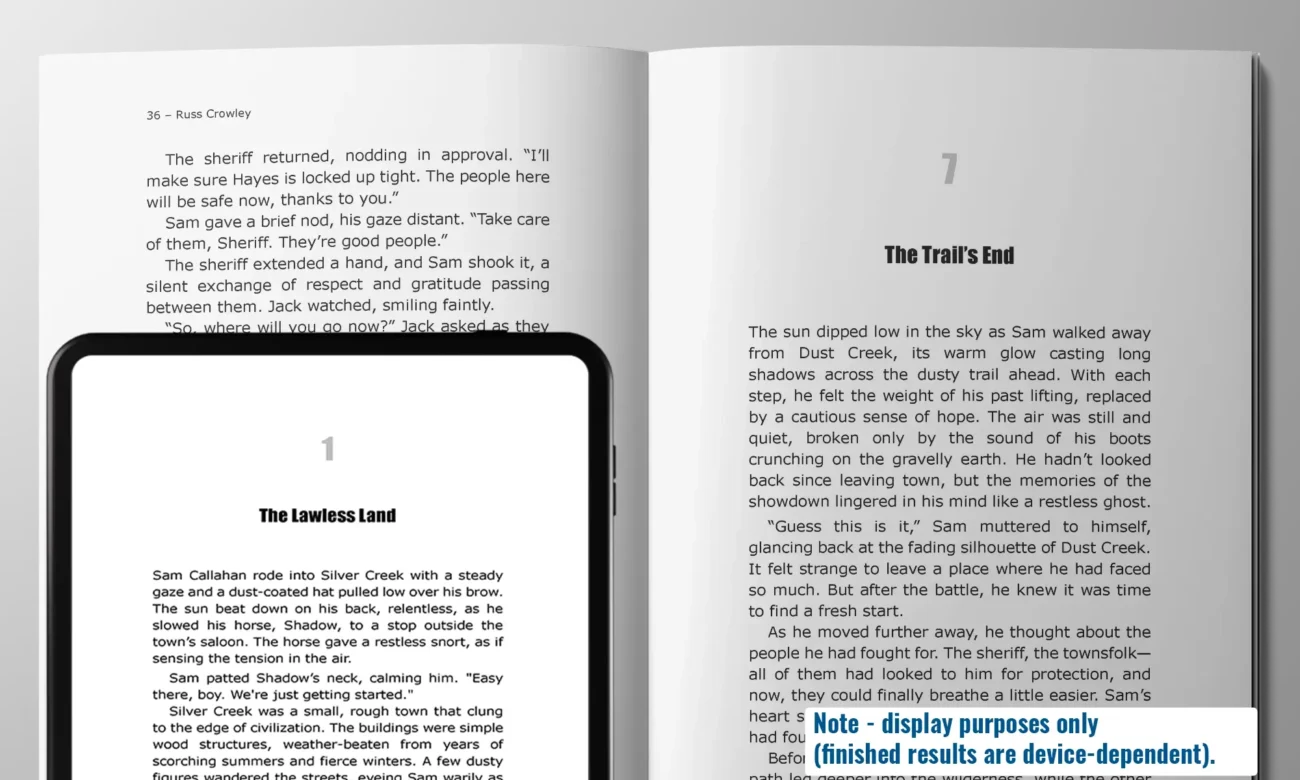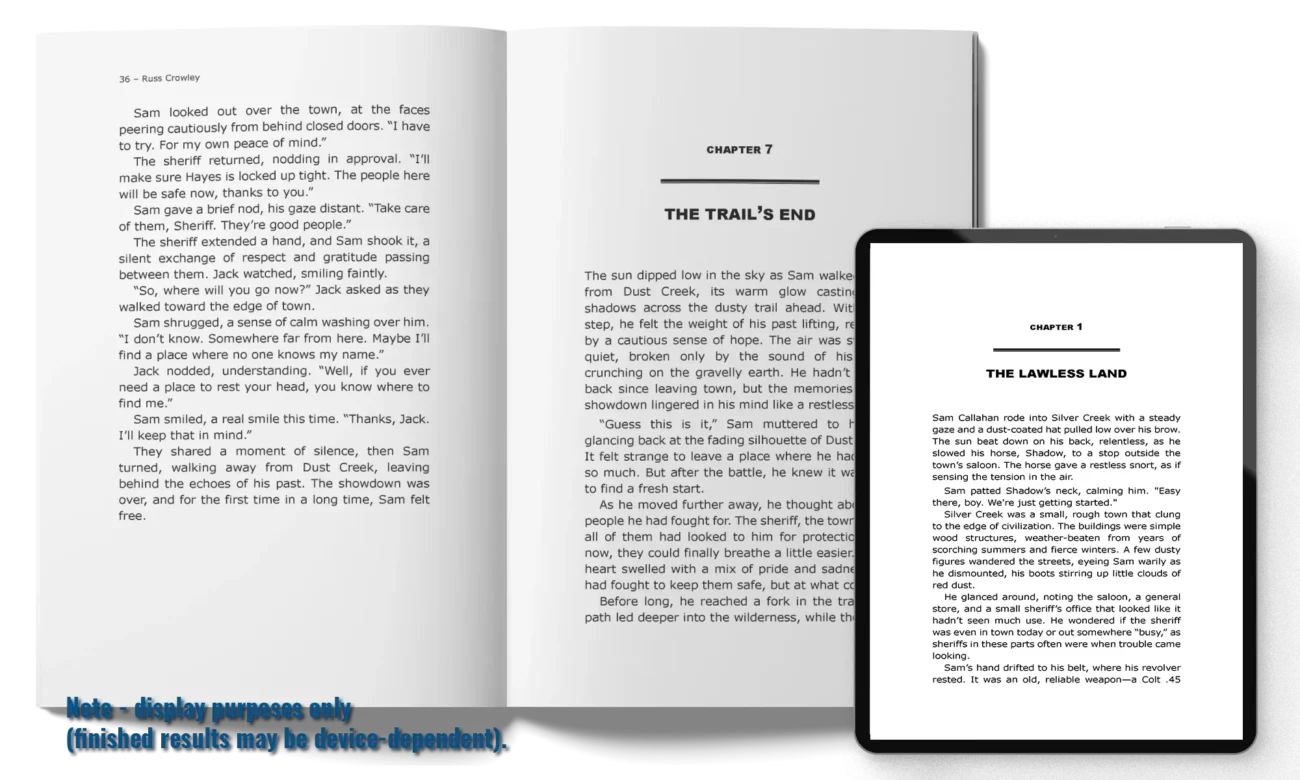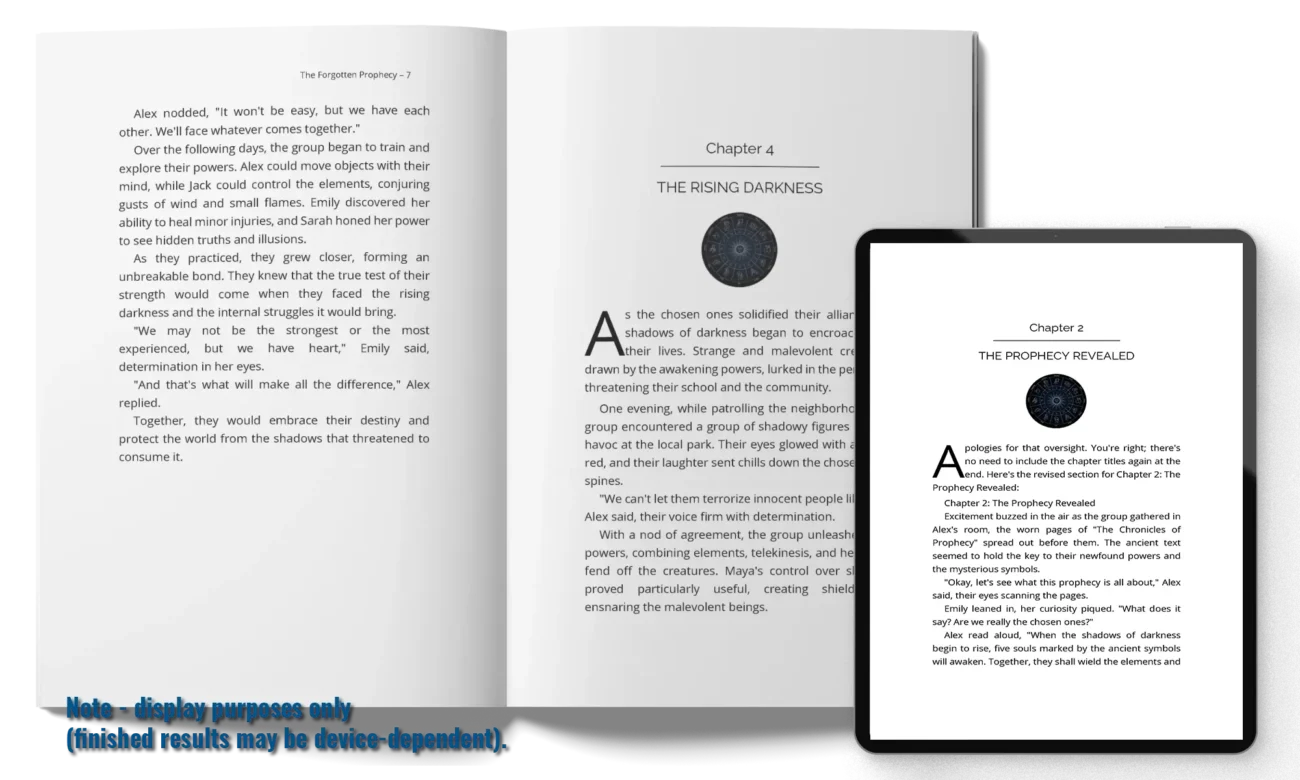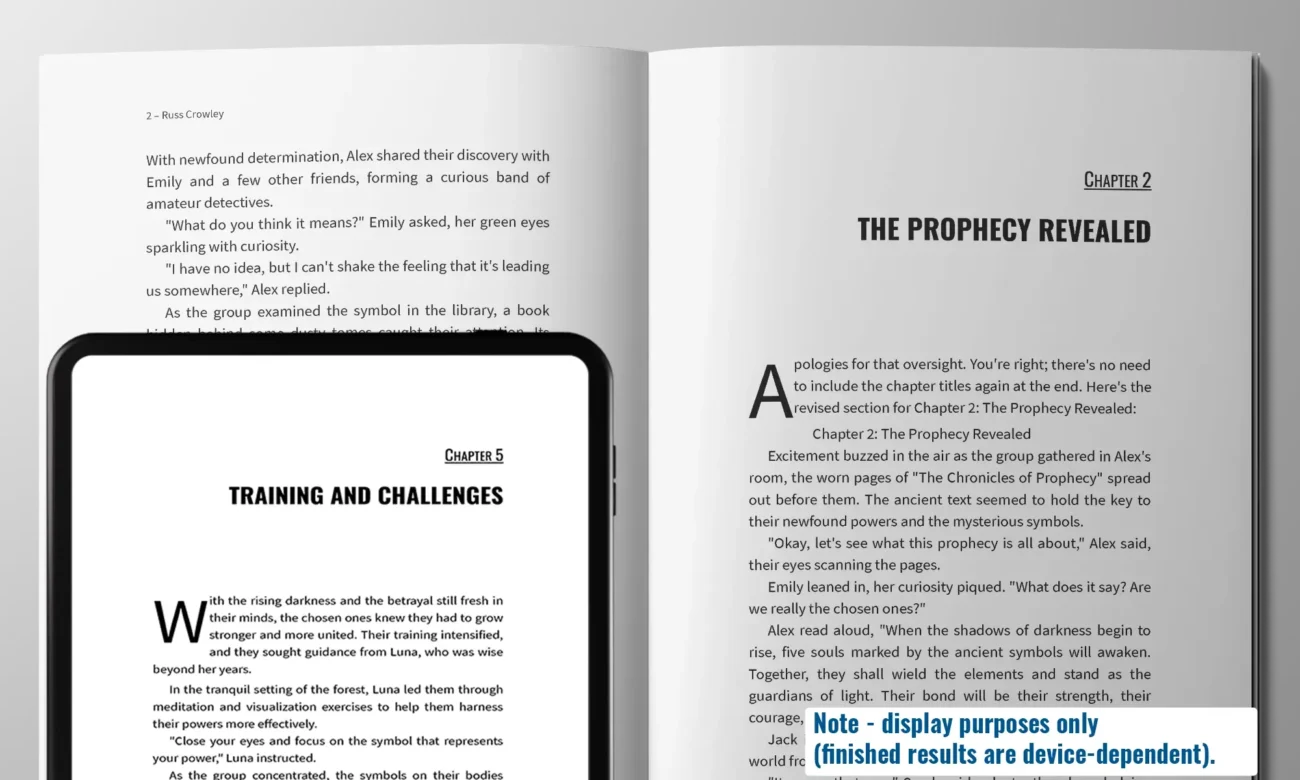Start Feeling Successful Again: How to Deal With Impostor Syndrome
Describing the feeling of imposter syndrome to someone that hasn’t experienced it is like explaining integers to your cat.
They stare at you the whole time but you feel like they might be missing the nuances.
What is to be done about this insidious inverse of the ubiquitous Dunning Kruger effect*?
If you have experienced it before, you probably worry about it returning again and again. To succeed in a chosen field – any chosen field – you have to learn how to deal with imposter syndrome.
You might take solace in knowing that occurrences of imposter syndrome frequency rise in academic fields. (The prevailing notion as to why this happens follows that the fewer people there are to check the knowledge base, the more likely a person will feel a fraud.)
However, I know many freelancers and, though the vast majority aren’t in academia (practically all, in fact), most suffer from Impostor syndrome.
With this in mind, this guide will go over tips and ideas to remain grounded and break free of this unfortunate paralytic feeling.

How to Deal With Impostor Syndrome
Unfortunately, and because of your field of interest, you may find yourself dealing with impostor syndrome more often than the average Joe/common person.
Freelancers run up against this feeling because their jobs demand that they need to master a subject or subjects on much more than just a surface level. When you then find yourself speaking, writing about, or dealing with difficult topics without having had the luxury of spending years investigating the underlying issues this creates worry.
Naturally, one of the most common places to feel the icy tinglings of impostor syndrome is when looking for work. We’re all trying to advance and improve ourselves and convincing clients to pay you for something you feel increasingly incapable of makes for a poor bargaining position.
You’re probably aware that many guides and listicles exist on this topic. Most of them offer small, integral habits to avoid impostor feelings. In an effort to something different, this guide will be more holistic in explaining the underlying patterns of such advice.
Essentially – in a nutshell – learning how to get over impostor syndrome comes down to understanding the root of the fear. From there you can then assess that root. As part of this understanding and assessing, you also want to be able to establish clear rubrics for reviewing your results.

Face the Fear
One of the worst fears, it hat of being exposed as a fraud. This, primarily, comes from a lack of confidence in how those skills were arrived at/attained.
We tend to compare ourselves to others – it’s a human thing. Those comparisons often miss key factors. For example, we overvalue ideas like upbringing and education, yet we undervalue nuance.
It’s important to understand that impostor syndrome follows the same psychological trajectory as a phobia: the larger the impact of the actual fear, the less grounding there is in the response.
However, as humans, we have a whole set of innate chemical reactions to help us identify and deal with threats.
Hear that rustle in the bushes?
Is it a hamster or a tiger?
Fight or flee?
2 choices…

The adrenaline and dopamine that pump into the system give you better hearing and prime your muscles to act – it’s the animal brain (or lizard brain) that reacts and allows you to escape and reevaluate. When you get out of range, and that fear is no longer imminent, your system powers down and recharges itself.
The problem is, that fight or flight elicits a rational response. However, with an unspecified or an irrational fear, it’s not quite the same – those chemicals have nowhere to go.
The reaction is peril, fear, and other physical responses, such as increased heart-rate, perspiration, clammy hands, etc. But the problem this time is you can’t run from it. You can’t out-distance this hamster!
Sounds straightforward, yes? When you think about it, that’s exactly what it is – straightforward.
But dealing with it is different.
We can’t run, we can’t hide (we can’t foil that hamster here), so we need to address what’s stimulating this reaction – this fear.
We do this through assessment.

Assess
Easier said than done, you might say.
Well, that’s what the assessment phase is for.
Studies show that a proper assessment and feedback loop helps cut through impostor syndrome.
For example, consider the advent of spell checkers to computer typing. In something like Microsoft Word, when you make a mistake typing, that little red line appears almost immediately. You acknowledge it’s there and either put it to one side to address later or deal with it there and then. Very simplistic, but this lets you fix the issue without dwelling on any kind of paranoia.
The result here is that instead of typing a few pages and then hoping you did nothing wrong, you know where the mistakes are as you go.
Transposing that into the work environment, imagine how many impostor feelings you could avoid if the client was accepting/rejecting in real time?
It’s something quite basic, so create an assessment criteria that you are comfortable with and use it to check back with. If you design it such that you specify your parameters (ability, skills, experience, testimonials, reviews, etc.) you can then use it to:
- boost your confidence – a running total, almost; and
- rely on and refer back to when you feel imposter syndrome rearing it’s ugly little hamster-head!
This way, you can leverage your better self against your worst self.
It’s not unlike the inspirational quote from Tina Fey, “you just try to ride the egomania when it comes and enjoy it, and then slide through the idea of fraud.”
Once this assessment process is in play, you don’t let it sit there, you need to make it a working document.
Review
With an assessment plan in place, you are set to pull up from the bottomless drop that impostor syndrome inspires.
And, because you then review your work against your own criteria you can operate like a skydiver that packed their own chute. You know it works because you created it. You know it’s real. It’s no-bullshit, and you aren’t living up to a standard that isn’t your own.
That last point is important. Again, it’s human nature, but we tend to be our own worst critics. So, with that in mind, with your assessment, always write it as if it was to assist a friend. (It’ll also be easier to refer back to if you leave it for a while.)

Grounding
Another useful technique for when imposter syndrome is taking over is called grounding.
Grounding is a strategy that psychologists use for cases of trauma. This technique helps to remind you of what’s real and what’s not. It’s extremely useful because keeping yourself grounded in the present gives you a stable place to make your reviews.
You may have seen this in television shows, where a character will count objects nearby, name colors, repeat familiar streets.
One other point to remember about assessing and reviewing your work and, therefore, reminding yourself of your successes also generates what’s called human inertia.
A Note on Human Inertia
People tend to keep doing what they are already doing (the path of least resistance and all that). Shifting gears into a different task or starting a new task always takes more energy than continuing on the same path. (This isn’t particularly different to the concept of inertia in physics.)
If you ever find yourself lacking momentum here, a quick short-cut to gaining some is to over-evaluate your capabilities and undervalue the potential problems that go with it.
(We’ve all seen how people filled with bravado seem to do better than others. Some call this not caring less, or the results don’t matter, or whatever, but it can be useful.)
However, don’t let this bravado fool you. In the short-term, at least, more grounded people have the advantage of being able to gain and hold momentum even through setbacks.
Also, it’s also important to remember that those who never seem to have any problems often have a team of co-workers and family correcting their mistakes. So it may seem like they’re doing it all, but there’s likely someone or a team of others behind the scenes filling in the potholes they’ve left in their wake.
The people without any self-doubt often cause a lot of problems for those that always seem to keep some form of doubt in their mind.
Stay grounded and…
Be Prepared
It’s clear that working as a freelancer provides you with excellent opportunities to show you have the goods. (Else, why are you doing it?)
You do the work, you reap the reward, and you set the tasks. But, that freedom comes with a price, one of which is learning how to deal with impostor syndrome.
Make no mistake, at some point, you’ll have to deal with it. As specified, above, the sooner you do so, the easier it will be, the easier you’ll learn from it, and the easier it’ll be to deal with again later.
Make no mistake, it’ll always be around. But that doesn’t mean that you will allow it to hold you back.
For the other aspects of freelancing you may be shakey on, take a course or two. Learn how to save time and effort while increasing your impact and client satisfaction.
One final point,
“On the positive side, Knights and Clarke found the insecurities inherent in imposter syndrome “a mixed blessing because while they can be debilitating, they are also a driving force of our productive power that help generate high standards and pride in our work” (https://www.sparrho.com/item/using-the-assessment-process-to-overcome-imposter-syndrome-in-mature-students/81ff21/)”
If you want…
* The Dunning-Kruger effect is where people believe their ability is far greater than it actually is. As freelancers, it’s the reverse – we doubt ourselves. This is one factor giving rise to Imposter syndrome. (In that article, the author is clearly referring to an employee. As a freelancer, I doubt you’d ever find yourself in a similar situation.)

The Dunning-Kruger Effect (img from https://digitalwellbeing.org/the-psychology-of-content-marketing-the-dunning-kruger-effect/)











